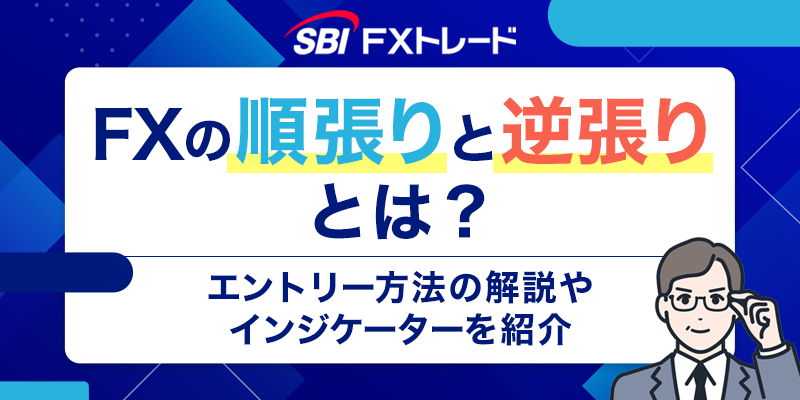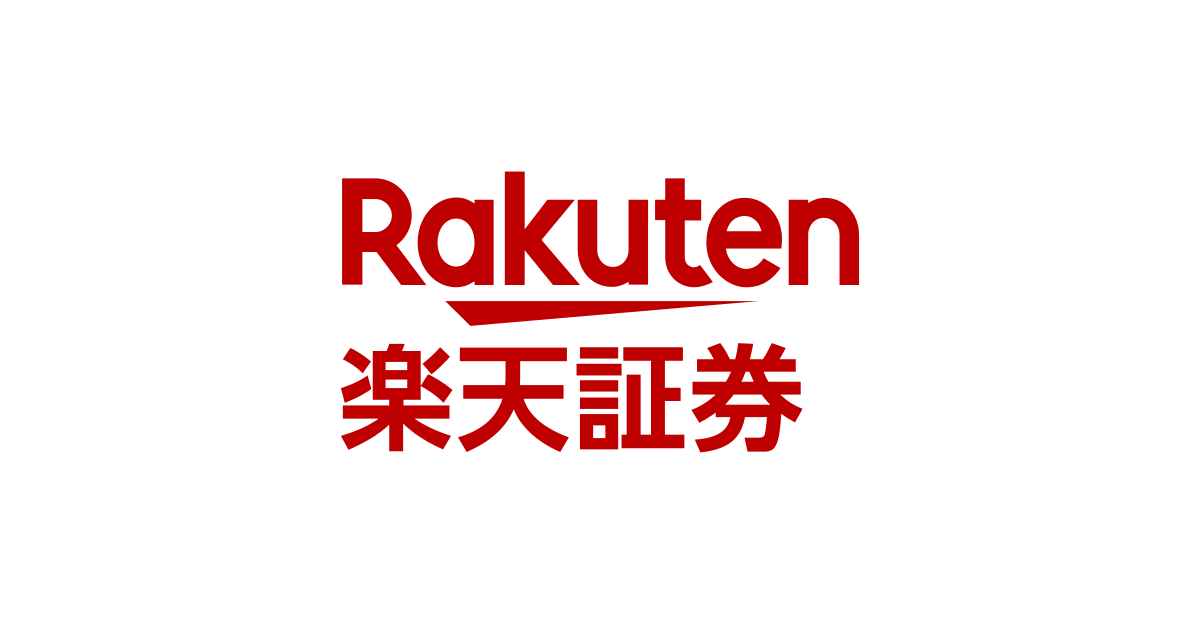In the world of investing, trend-following and contrarian strategies can be considered the two major currents. From beginners to advanced traders, many investors are searching for a strategy that suits them. In this blog, we compare the basic differences between trend-following and contrarian approaches, as well as their respective advantages and disadvantages. Additionally, we provide detailed explanations of practical information such as specific entry points and success tips for trend-following, and methods and timing for contrarian trading. Please give it a read.
- 1 1. What are the basic differences between trend-following and contrarian strategies?
- 2 2. Which is recommended for beginners? Comparing pros and cons
- 3 3. Trend-Following Entry Points and Success Tips
- 4 4. Specific Methods and Timing to Win with Contrarian Trading
- 5 5. Investor Types! Which one is right for you?
- 6 Summary
- 7 Frequently Asked Questions
- 8 Reference Sites
1. What are the basic differences between trend-following and contrarian strategies?
Trend-following and contrarian strategies are very popular approaches in investment strategy, but they differ significantly in their fundamental thinking. Understanding these methods will help you determine which one suits you best.
What is trend-following?
Trend-following refers to a style of trading that follows market trends. Specifically,
- Buy during an uptrend
- Sell during a downtrend
This approach emphasizes the ongoing trend and acts on the belief that the trend will continue. For example, when a stock price is rising over the long term, the idea is to buy in order to aim for higher prices. Trend-following is a strategy that tends to generate stable profits in market environments with clear trends.
What is contrarian?
Contrarian refers to an approach that trades against market trends. The characteristics of this style are as follows:
- Sell even in an uptrend
- Buy in a downtrend
In contrarian trading, you take positions opposite to market movements in anticipation of a trend reversal. For example, if a temporarily rising stock price falls in the short term, you take advantage of that opportunity to buy. Contrarian can yield high returns if successful, but it also carries risk, so careful judgment is required.
Summary of Basic Differences
The basic differences between trend-following and contrarian strategies are summarized in the table below:
| Feature | Trend-following | Contrarian |
|---|---|---|
| Strategy Direction | Follow the trend | Go against the trend |
| Trade Timing | Enter based on trend continuation | Enter aiming for trend reversal |
| Risk | Risk from misreading the trend | High loss risk from strong trends |
| Investment Style | Simple and intuitive approach | Complex style requiring strong analytical skills |
Thus, trend-following and contrarian strategies have different approaches, and which one is suitable depends on an investor’s personality and experience. Generally, trend-following is recommended for beginners, but by understanding and practicing contrarian strategies, you can develop a more diverse range of investment strategies.
2. Which is recommended for beginners? Comparing pros and cons
Pros and Cons of Trend Following
Trend following investment is a strategy that takes positions following the market flow. This style has several advantages and disadvantages.
Pros
- Easy trend confirmation: Trend following trades after confirming an uptrend or downtrend, making it easier to grasp market movements.
- Risk management is easier: By following market flow, stop‑loss and take‑profit points can be set clearly, reducing psychological burden.
- Suitable for beginners: For novice investors, trend following is relatively simple to trade and easy to learn. Using support and resistance lines makes analysis easier.
Cons
- May miss profit opportunities: Riding market momentum can cause you to miss sudden spikes or drops.
- Sensitive to trend reversals: If the trend suddenly reverses, there is a risk of sharp losses.
Pros and Cons of Contrarian Trading
Contrarian investment is a style that takes positions against market flow. It holds the potential for large profits by taking risks, but also carries risk.
Pros
- Can buy at lower prices: By contrarian trading when the market is falling, you have a chance to purchase stocks at a discount.
- Improves skill in spotting market changes: Implementing contrarian trades hones the ability to discern reversals, potentially benefiting long‑term.
Cons
- Requires experience: Contrarian trading is very difficult and unsuitable for inexperienced beginners. Deciding when to enter is not easy.
- Risk of loss amplification: Contrarian positions can lead to large losses if the market falls further. Beginners especially may misjudge the right time to cut losses.
Which is more suitable for beginners?
When starting stock investing, generally trend following is a safe and effective choice. Trend following aligns with the flow, helping avoid emotional decisions and creating an environment conducive to earning profits. Conversely, contrarian trading requires discerning reversal timing, which can be difficult, especially for beginners.
Thus, each investment style has its own pros and cons, so beginners should choose the optimal method based on their situation and goals.
3. Trend-Following Entry Points and Success Tips
Trend following is a trading style that aligns with market trends, buying during uptrends and selling during downtrends. To succeed in trend following, it is essential to identify entry points. This article explains the entry points and tips for trend following in detail.
Confirming Entry Points
The basic approach to identifying trend-following entry points is to assume that the trend will continue. Use the following points as a reference to find the timing of entries.
Pullback Buying: In an uptrend, this method involves entering when the price temporarily drops. Buying at this timing makes it easier to profit when the trend resumes.
Retracement Selling: In a downtrend, enter when the price temporarily rises. Selling at this timing can secure profits when the trend resumes.
When the Trend Line Breaks: After testing the support line of an uptrend, if the price rises, the moment it crosses the trend line is a promising entry point.
Tips for Succeeding in Trend Following
There are several tips for success in trend following. By practicing these, you can increase the likelihood of reliably earning profits.
Utilize Technical Indicators
Moving Averages: A powerful tool that indicates trend direction. When a short-term moving average crosses above a long-term moving average, it suggests a high probability of an uptrend.
MACD: An indicator used to catch trend reversals early. When this indicator rises above the signal line, it can signal a buy entry.
Eliminate Emotions
When emotions intervene in trading, it becomes difficult to make calm decisions and can lead to wrong entries. By setting a stop-loss line in advance and adhering to it, you can reduce mental burden.
Proper Risk Management
When engaging in trend following, proper risk management is necessary. Clearly define the amount of loss you can tolerate at entry, and set position size based on that.
Importance of Timing
Especially in trend following, the timing of entry points often determines win or loss. Rather than chasing excessive timing, aim for entries based on reliable signals.
Keeping these points in mind opens the path to successful trend-following trading. Use these tips in actual trading and refine your own style.
4. Specific Methods and Timing to Win with Contrarian Trading
To achieve success with contrarian trading, it is important to understand the correct entry timing and effective methods, and to apply them effectively in the real market. Here, we introduce key points to identify specific methods and entry points.
Importance of Entry Timing
Contrarian trading is a style that opposes market trends, so entry timing is extremely important. The following points outline the timing considerations when engaging in contrarian trading.
Reversal points in range‑bound markets
In range‑bound markets, prices continue to move within a certain range, and reversals often occur near the highs or lows. It is advisable to enter with the past support and resistance lines in mind.Pullback after a sharp price move
Sudden price movements caused by economic data releases or key figure statements provide new entry opportunities. For example, if a significant drop occurs, buying at the bottom and then taking advantage of the subsequent rebound to secure profits is desirable.Using technical indicators
By using technical indicators such as RSI (Relative Strength Index) and Bollinger Bands, you can analyze whether the market is “overbought” or “oversold”. In particular, if the RSI falls below 30%, the likelihood of a reversal increases.
Specific Methods for Contrarian Trading
There are several ways to execute contrarian trading efficiently.
Targeting Rebounds
This strategy aims to profit from a rebound after a sharp decline, and is particularly effective in range‑bound markets. Buy near the support line during the drop, and sell when the price recovers.
- Example:
- When the stock price falls below the support line, consider buying near that area.
- Then, when the price rebounds and returns to the original range, sell to realize profit.
News Trading
This is a trading method based on significant news or economic indicators. Quickly assess the market reaction after the news release and take a contrarian position.
- Example:
- After an economic indicator release, if the stock price temporarily surges, sell in anticipation of a subsequent correction.
- If it drops sharply, consider buying at the bottom.
Cautions
Let’s also review the cautions when practicing contrarian trading.
Setting stop‑loss levels
Contrarian trading is a high‑risk method, so it is important to set stop‑loss levels in advance and avoid being swayed by emotions.Rapid processing of information
It is necessary to quickly catch news and market trends and make accurate entry decisions. This helps ensure you do not miss the optimal entry timing.
Once you understand these methods and points, you can execute an effective contrarian strategy. By closely observing market movements and flexibly adjusting your approach, you can achieve success.
5. Investor Types! Which one is right for you?
There are various styles of stock investing, and finding a strategy that suits you is the key to success. Let’s consider the types of investors suited for each of trend following and contrarian approaches.
Investors Suited for Trend Following
Trend following is a style of investing that follows the market flow. The following types of investors are suited for this approach.
Someone who can identify short-term trends
To do trend following, you need to have a solid grasp of stock price movements and trends. Sensitivity to market changes and the ability to make quick decisions are essential.Someone who prefers stability
Trend following follows market movements, allowing you to aim for stable profits while keeping risk low. It suits those who want to minimize risk.Someone with limited time
If you have limited time to devote to stock investing, trend following is suitable. Because it involves entering positions along market trends, it often doesn’t require complex analysis.
Investors Suited for Contrarian
Contrarian investing involves buying when stock prices are falling, aiming for large returns but also carrying high risk. The following types of investors are suited for this style.
Someone who can make calm decisions
Contrarian investing requires the courage to invest when the market is falling sharply. The ability to remain calm and act when other investors are fearful is required.Someone with analytical skills
You need to analyze company value yourself and determine fair stock prices. It’s important to invest based on your own assessment rather than being swayed by price movements.Someone with patience
Contrarian strategies can involve temporary losses. Therefore, patience is required to avoid reacting to short-term results and to think about profits from a long-term perspective.
Which Type Are You?
Choosing an investment style that fits your personality and lifestyle is essential for success in stock investing. When deciding on an investment style, it’s important to clearly assess which strategy suits you and make better investment decisions.
Summary
Trend following and contrarian strategies are investment styles with distinct characteristics. Trend following involves trading in line with market flow, which is suitable for beginners, but it becomes difficult to chase large profits. Conversely, contrarian trading, by not missing market reversals and timing trades, can potentially yield large returns, but also carries higher risk. Depending on an investor’s personality, goals, and experience, it is important to carefully consider which approach suits you and to practice it. Understanding these investment styles and finding an approach that fits you will enable more effective stock investing.

Frequently Asked Questions
What is the difference between trend following and contrarian trading?
Trend following trades in line with the trend, while contrarian trading goes against the trend. Trend following can target stable returns, whereas contrarian trading may yield larger returns but also carries higher risk. Which style is suitable depends on the investor’s personality and experience.
Which style is better suited for beginners?
Generally, trend following is recommended for novice investors. It is easier to grasp market flow and manage risk, making it a beginner-friendly strategy. Contrarian trading requires advanced analytical and judgment skills, so it is not suitable for inexperienced investors.
How to identify entry points for trend following?
In trend following, it is crucial to enter based on the assumption that the trend will continue. Key indicators include buying on pullbacks, selling on retracements, and breaking trend lines. Additionally, using technical indicators such as moving averages and MACD helps eliminate emotions and maintain calm judgment, which is a key to success.
Specific strategies to win with contrarian trading?
In contrarian trading, accurately capturing market reversal points is essential. Various methods include range-bound reversals, pullbacks after sharp price moves, and using technical indicators. In particular, rebound targeting and news trading can be effective. However, because contrarian trading is high risk, it is important to set stop-loss levels in advance and avoid being swayed by emotions.
Reference Sites
FXのエントリーポイントが分からない方は、順張りと逆張りのポイントを理解することが重要です。利益を狙うコツや損失を防ぐた…
目指せ億トレ、頑張り投資家さんの稼ぎ技 伊達屋酔狂さんの場合-最終回登場する銘柄いちご<2337>、マーケットE<313…
前回(第353回)のコラムにて、逆張り・順張りのそれぞれのメリットおよびデメリットを比較してみました。そもそも「逆張り」…












